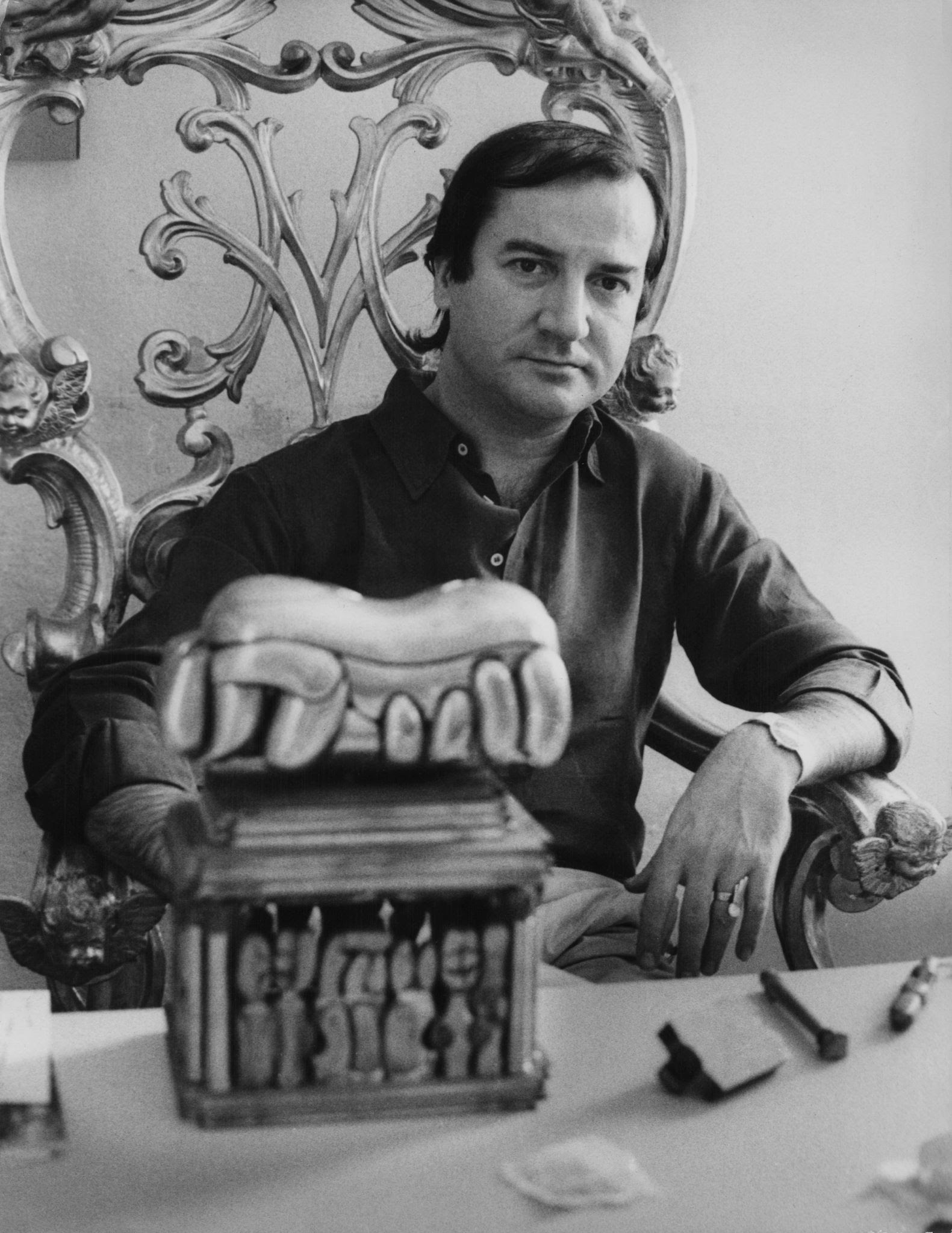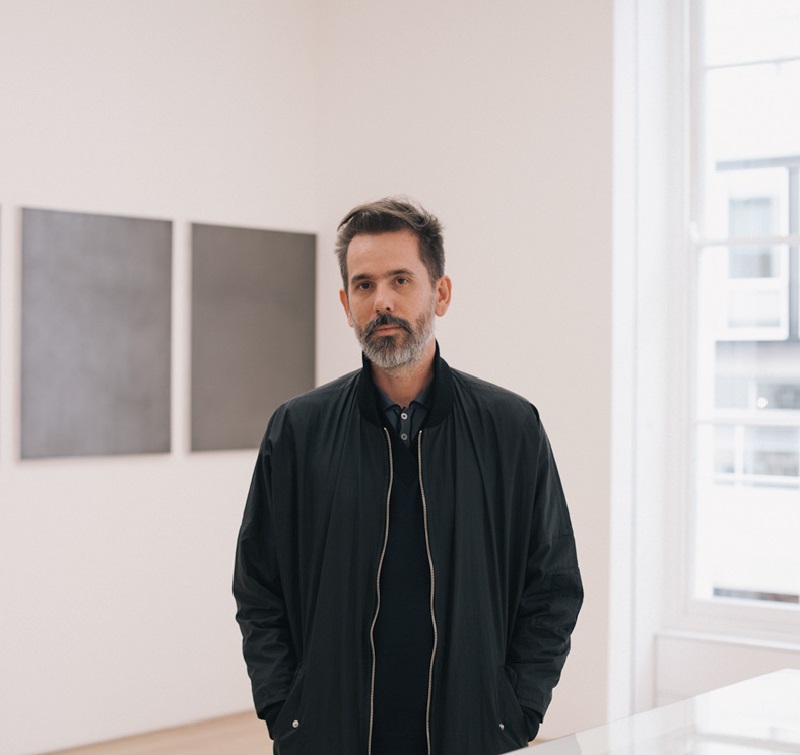Graphite — Auction

Miguel Ortiz Berrocal was a Spanish figurative and abstract sculptor. He is best known for his puzzle sculptures, which can be disassembled into many abstract pieces. These works are also known for the miniature artworks and jewelry incorporated into or concealed within them, and the fact that some of the sculptures can be reassembled or reconfigured into different arrangements. Berrocal's sculptures span a wide range of physical sizes from monumental outdoor public works, to intricate puzzle sculptures small enough to be worn as pendants, bracelets, or other body ornamentation.


Diango Hernández is a Cuban artist who lives and works between Düsseldorf, Germany and Havana. From 1994 to 2003, Hernández was involved with Ordo Amoris Cabinet, which he co-founded with Ernesto Oroza, Juan Bernal, Francis Acea and Manuel Piña. He is married to artist Anne Pöhlmann.






